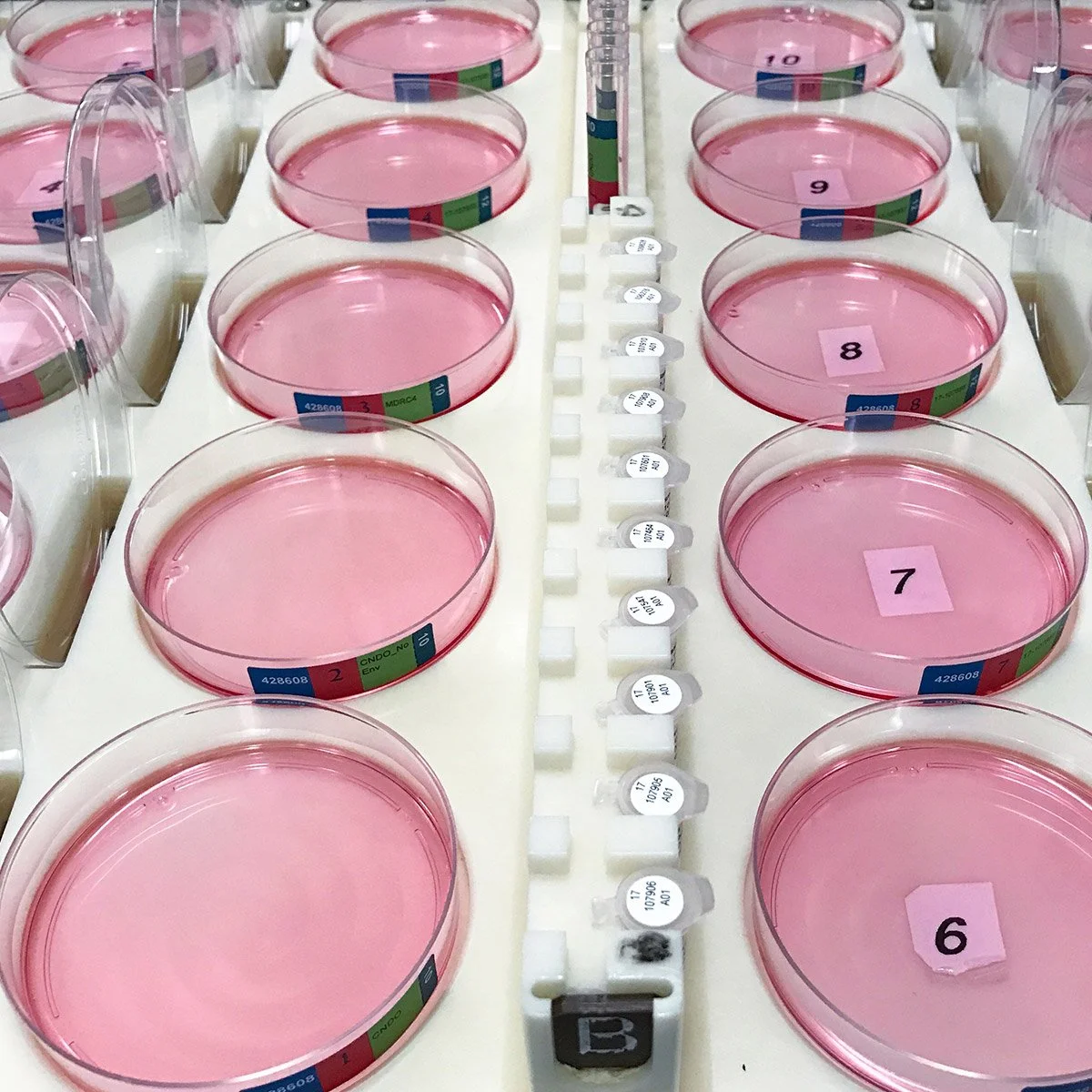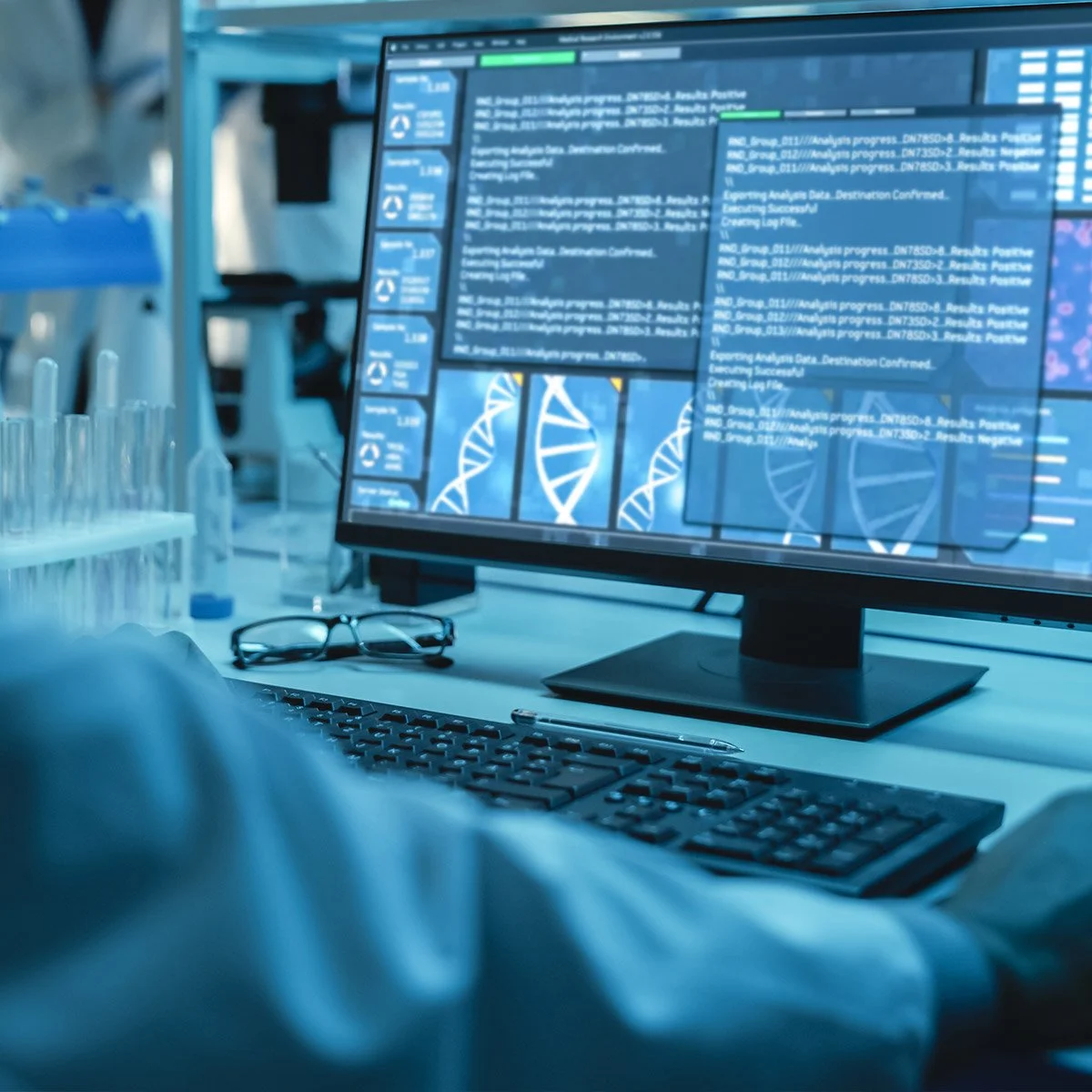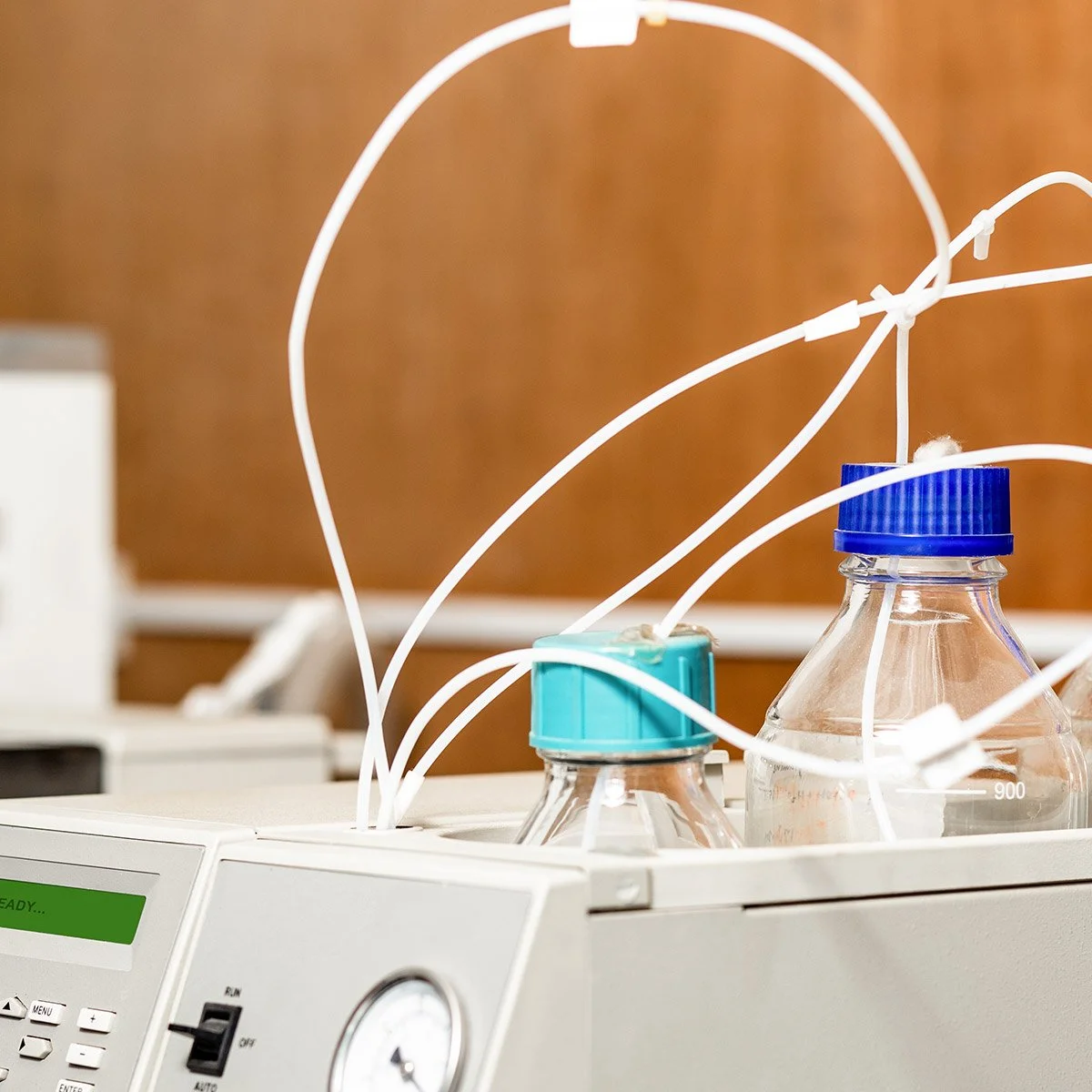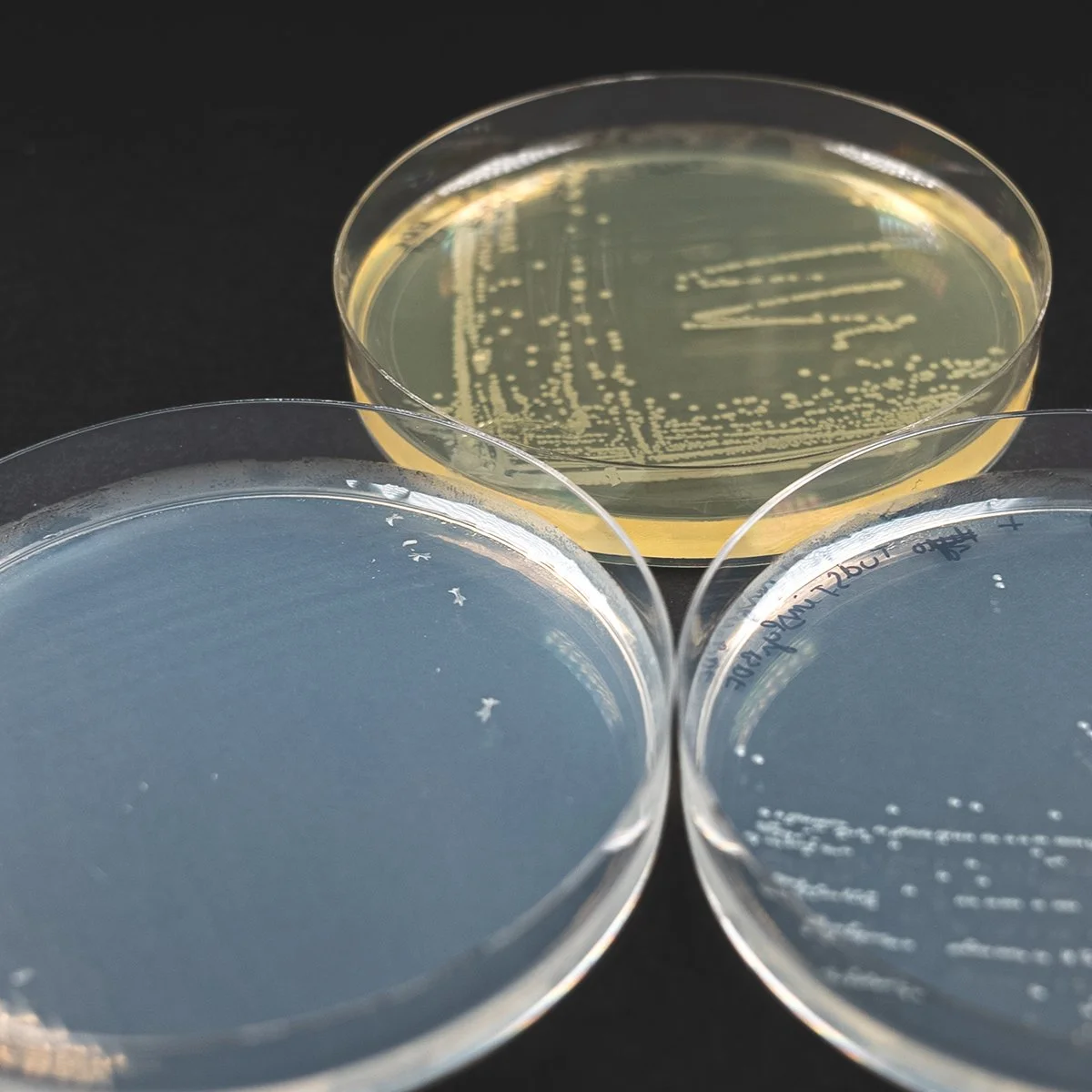Freezers are among the biggest energy consumers in a lab, and as a result they can cost a lab a lot of money. The International Freezer Challenge promotes best practices in cold storage management and awards the labs who have done the most to save energy and improve their sample storage.
Award for Efficient Laboratory Cold Storage Management
Resource consumption in labs is high, and that costs a lot of money. Freezers and refrigerators are major power consumers. The daily power consumption of a freezer, particularly if it is an older model, can be as high as 30 kWh, more than for a single-family home [1]. Labs, especially molecular biology labs, store large numbers of samples at low temperatures. This can account for up to 20% of energy consumption in molecular biology labs. However by taking some very simple steps, users can help save energy. With this in mind, two American non-profits launched the Freezer Challenges. The purpose of the challenge is to share information about best practices and encourage people to implement these practices in their own lab. In 2017, the Freezer Challenge was established nationwide inviting all North American labs to participate. It is organized by My Green Lab [2] and I2SL – International Institute for Sustainable Laboratories [3]. Last year, more than 200 labs participated, saving a total of 2.7 million kWh which is equivalent to 1,900 mt of carbon dioxide. Following disposal of more than 200,000 surplus samples, old inefficient freezers were permanently retired [4].
In 2017/2018, the Freezer Challenge has been expanded to a worldwide competition, having started in October 2017 and continuing until May 1, 2018. Institutes and labs at public institutions, universities and companies will take action to reduce their environmental impact and have the chance to win prizes. At the European level, Egnaton — the European association for sustainable laboratory technologies — is supporting the competition [5]. In addition to the international prizes, the three best labs in Europe will receive the European Egnaton Award.
Advantages of sample and freezer management
Good freezer maintenance can reduce energy consumption by 12% and 25%, and it has economic as well as ecological benefits.The average savings potential of a maintained freezer is estimated to be 280 $ per year [1]. What does good freezer management look like? First of all, regular defrosting helps reduce energy consumption and extends the useful life of freezers and refrigerators. Depending on thickness, a layer of ice can increase energy consumption by 10% to 50% in the worst case (a layer of 5 mm already increases the energy consumption by 30%). When ice builds up, the compressor has to work harder to maintain a constant temperature, and that can reduce the life of the compressor. In the worst case scenario, ice can damage the door seals which in turn impairs cooling performance and puts the samples stored inside at risk [1]. Filters should be checked regularly, ideally once a month, to make sure they are not clogged with dust, and they should be cleaned or replaced as necessary. A clogged filter prevents good airflow to and from the condenser and inhibits the extraction of warm air from the refrigerator interior. In addition, contamination from the filter can be deposited on the condenser. The layer of dust prevents efficient heat extraction. The condenser has to work harder, uses more energy and wears out faster [1]. Other recommendations include taking an inventory of the samples and introducing good sample management. If the stock is always up to date, no space is wasted keeping samples that are no longer needed. Compact storage in the smallest possible tubes, microtiter plates and deep-well plates (high-density storage) also makes optimal use of the available space. Keeping an inventory using an Excel spreadsheet or barcodes makes it easy to locate the samples. This saves time and one takes care of the freezer. Since, for every minute that the freezer door is open, the compressor must work for ten minutes to restore the original temperature.
Tip: Pay attention to the storage temperature
Many samples and kits are stored at -80 °C despite the fact that this is often not even necessary. Most proteins, bacteria, yeast and fungi can be stored for years at -70 °C [6, 7]. Manufacturers actually recommend a storage temperature of -70 °C for some kits [8]. Depending on the freezer, simply reducing the temperature to -70 °C can reduce energy consumption by up to 40%. Many universities have already taken steps to reduce the set point of their freezers. 50% of the freezers at the University of Colorado Boulder are set to -70 °C, and the Center for Disease Control and Prevention reduced energy consumption by 40% after introducing the change [9]. Also, many samples such as molecular biology substances and proteins do not necessarily need to be stored at -70 °C. A storage temperature of -20 °C is sufficient. This is especially the case when the samples are only stored for a short time. Stability studies on DNA and RNA have shown that it makes no difference whether the samples are stored at -20 °C or -80 °C for short duration. RNA remains just as stable for one month whether it was stored at -20 °C or -80 °C [10]. The same is true for genomic DNA. Stability remained the same for 24 months at both temperatures [11].
Store DNA, RNA and some reagents at room temperature
Normally, DNA and RNA samples are stored at low temperatures - but methods have existed for several years which allow storage of DNA and RNA at room temperature [12, 13]. To do that, DNA is immobilized on specially impregnated cellulose cards, in a special matrix [15] or in special glass-metal tubes in the absence of oxygen and moisture [16]. Storage of DNA on FTA cards is fast and simple. The FTA cards are made of specially impregnated cellulose. Drops of the sample under investigation, for example blood, plant material or bacterial cells, are applied to a card and then dried. The cells are lysed on the surface, and the DNA that is released is immobilized in the cellulose matrix. The coating denatures any nucleases which may be present, and growth of microorganisms is also inhibited during storage. The manufacturer GE Healthcare claims that samples can be stored for up to 17 years with no degradation. A small section is punched out for DNA analysis, and the DNA is then eluted according to a prescribed protocol. The isolated DNA can be used in further downstream applications [14]. Another method is based on an anhydrobiosis mechanism borrowed from nature. It is found in tardigrades (water bears) and brine shrimp. These animals can survive phases of extreme aridity and near total dehydration. Rehydration restores the original life functions. Storage technology is based on the formation of a thermostable, protective vitrified layer around the DNA or RNA during drying, preventing degradation at room temperature [15]. The sample is absorbed into a special matrix. Gentegra uses a special chemical matrix which embeds the DNA in a sort of “cocoon” [17]. Kits made by Biomatrica create a protective seal around the DNA, a process which the company calls “shrink wrapping” [18]. With this method, it is important that the samples are completely dehydrated and do not come into contact with water during storage. To analyze the samples, water is simply added. The DNA or RNA is recovered from the matrix, and it can then be used for further analysis without any purification step. A final method for storing DNA and RNA is marketed by the French company Imagene. The samples are sent in, dried and then sealed in the complete absence of water and oxygen in special glass vials encased in metal shells. This guarantees that stored DNA and RNA are not exposed to hydrolysis processes caused by air humidity or attacks by oxygen radicals [16]. Besides saving energy, other advantages include much more compact storage, lower costs and enhanced safety. During a power outage, valuable samples stored in a freezer can be irretrievably lost. That is not the case when the samples are stored at room temperature.
Molecular biology reagents and kits are also available that can be stored at room temperature. Ready-To-Go beads (RTG beads) have been on the market for years. They contain the lyophilised reagents needed for a PCR reaction (except for the template and primer) in a special matrix. The beads are supplied in a PCR tube, and the user adds the correct amount of water, template and primer, and starts the reaction as usual [19].
All of this may eliminate the need for a refrigerator or freezer. If so, perhaps the time has come to dispose of the oldest “energy guzzler”?
Energy efficient laboratory freezers
Maybe sufficient funds are available to buy a new one? Energy efficiency should be one of the purchase criteria. Lower energy costs may well offset the higher price tag over the useful life of the refrigerator or freezer. Attention should be paid to the information provided by the manufacturer. The Energy Star label specifies energy efficient laboratory freezers and refrigerators, but it only exists in the US. Furthermore, the Egnaton-Cert certification standard, which is currently under development, will assess the sustainability performance of a wide range of lab equipment, including freezers. Another way to save energy is to share freezer storage space with a colleague or another group in your institute. Large freezers are relatively more energy-efficient than smaller ones.
So what else is there for sample management?
Many labs also do other things to save energy. One idea is to sort samples into long-term and short-term samples and store them separately. In protein purification, maybe not all of the chromatography steps have to be performed in a cold room. Many proteins are stable at room temperature and can be purified at this temperature. Not all are suitable for every lab, but by taking a critical look at sample management, opportunities for improvement will undoubtedly be found. With the Freezer Challenge, labs have until May 1, 2018 to take action, share information on examples of best practice, reduce resource consumption and possibly even win a prize.
Additional Information on the freezer challenge:
Every participating lab reports on the action it has taken during the competition period and is awarded points for each item. Important: If the lab has already taken action, for example turning the freezer temperature down to -70 °C, this should be reported as well and it will be included. Once the lab has entered the information about the action taken, the completed questionnaires are sent back and evaluated. The evaluation is based on the point total for the action taken.
When: from now until May 1, 2018.
Registration at: www.freezerchallenge.org/sign-up.html by April 1, 2018 at the latest. Labs which have registered have until May 1, 2018 to submit the completed questionnaires.
Prizes: Various prizes will be awarded to labs in the academic, government and private sectors and companies which take part in the international competition.
The winners will be announced in the journal Nature, and they are invited to attend the I2SL conference. Egnaton will also present an award to the three best European labs and invites them to attend the 2018 Egnaton conference.
References
[2] My Green Lab
[3] International Institute for Sustainable Laboratories
[4] The International Freezer Challenge
[5] Egnaton
[8] GE Healthcare Life Sciences http://www.gelifesciences.com/webapp/wcs/stores/servlet/catalog/en/GELifeSciences-de/products/AlternativeProductStructure_17092/25660030
[9] I2SL Conference Abstract: Centers for Disease Control and Prevention Lab Freezer Challenge 2012 by Liz York, Centers for Disease Control and Prevention
[10] Stability of Extracted RNA at Various Storage Temperatures and through Multiple Freeze-Thaw Cycles Wu J, Kim L, Huang C, and Anekella B SeraCare Life Sciences, Gaithersburg, MD
[11] Stability of Genomic DNA at Various Storage Conditions Wu J, Cunanan J, Kim L, Kulatunga T, Huang C and Anekella B SeraCare Life Sciences, Milford, MA
[12] Optimizing Storage and Handling of DNA Extracts . S. B. Lee, C. A. Crouse & M. C. Kline
[13] Green Technologies for Nucleic Acid Storage ( 2010) Curr. Issues Mol. Biol. 12: 135-142.
[14] GE Healthcare Life Sciences https://www.gelifesciences.com/gehcls_images/GELS/Related%20Content/Files/1357903115683/litdoc28984354_20161015094924.pdf
[15] I2SL Bulletin: Room Temperature Storage of Biological Samples
[16] An efficient method for long-term room temperature storage of RNA
[17] "A guide to ambient storage of DNA and RNA" - Gentegra
[18] DNAstable® /DNAstable® LD Handbook. Preserve and store DNA samples at room temperature. Biomatrica.
[19] GE Healthcare Life Sciences https://www.gelifesciences.com/gehcls_images/GELS/Related%20Content/Files/1353507340364/litdoc29028479_20161015085557.pdf
* Dr. K. Hermuth-Kleinschmidt: NIUB sustainability consulting, 79112 Freiburg/Germany
Originally published on www.lab-worldwide.com Shared to Labconscious with permission by the author.











